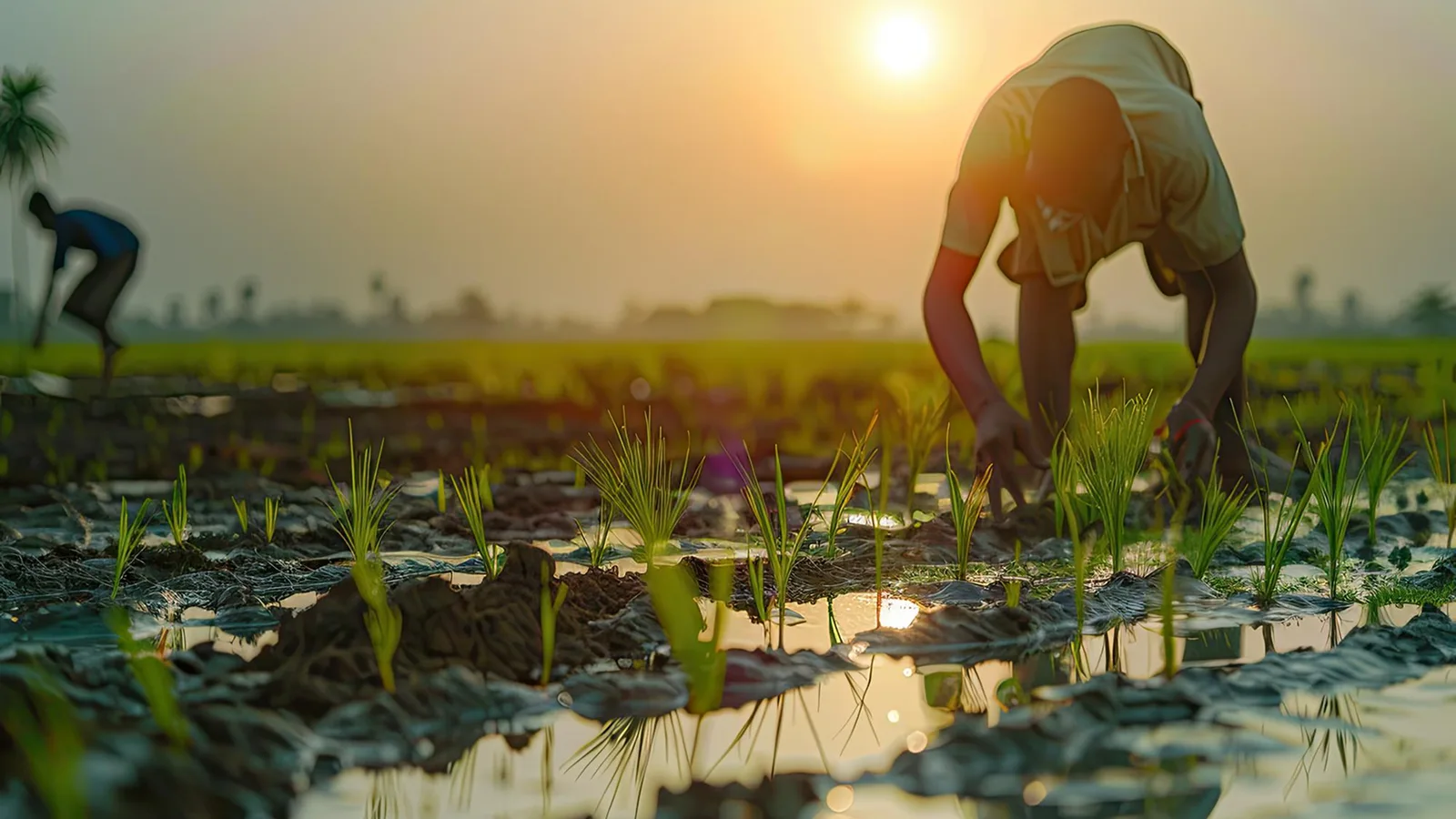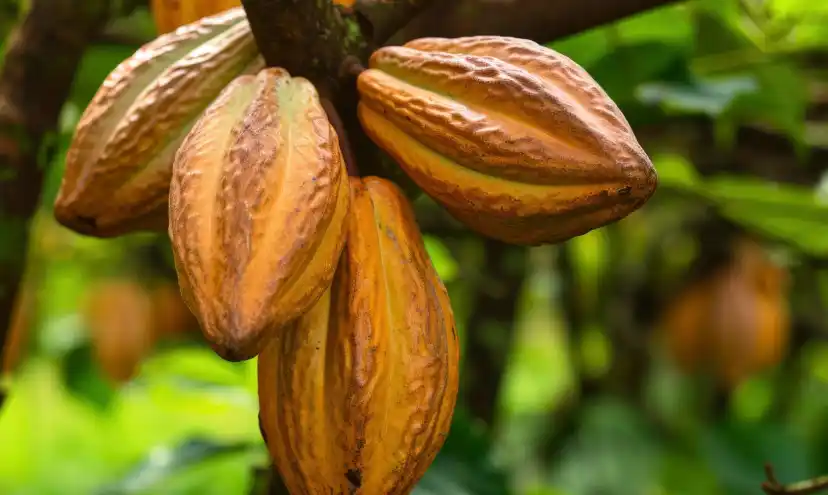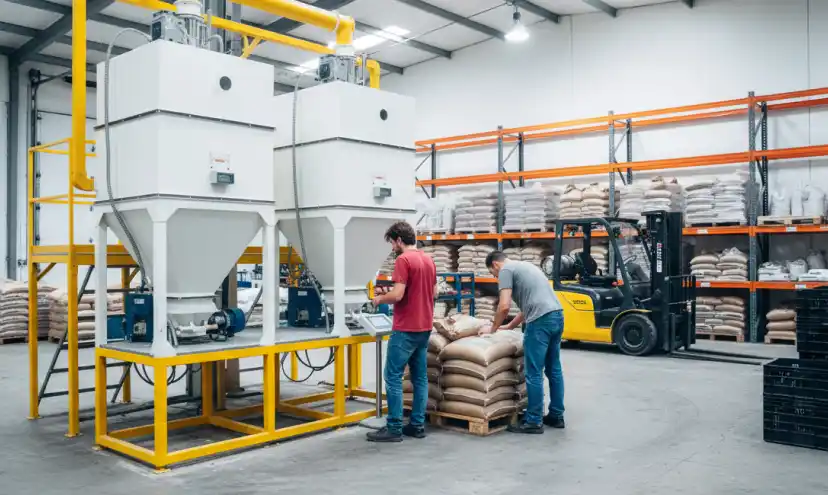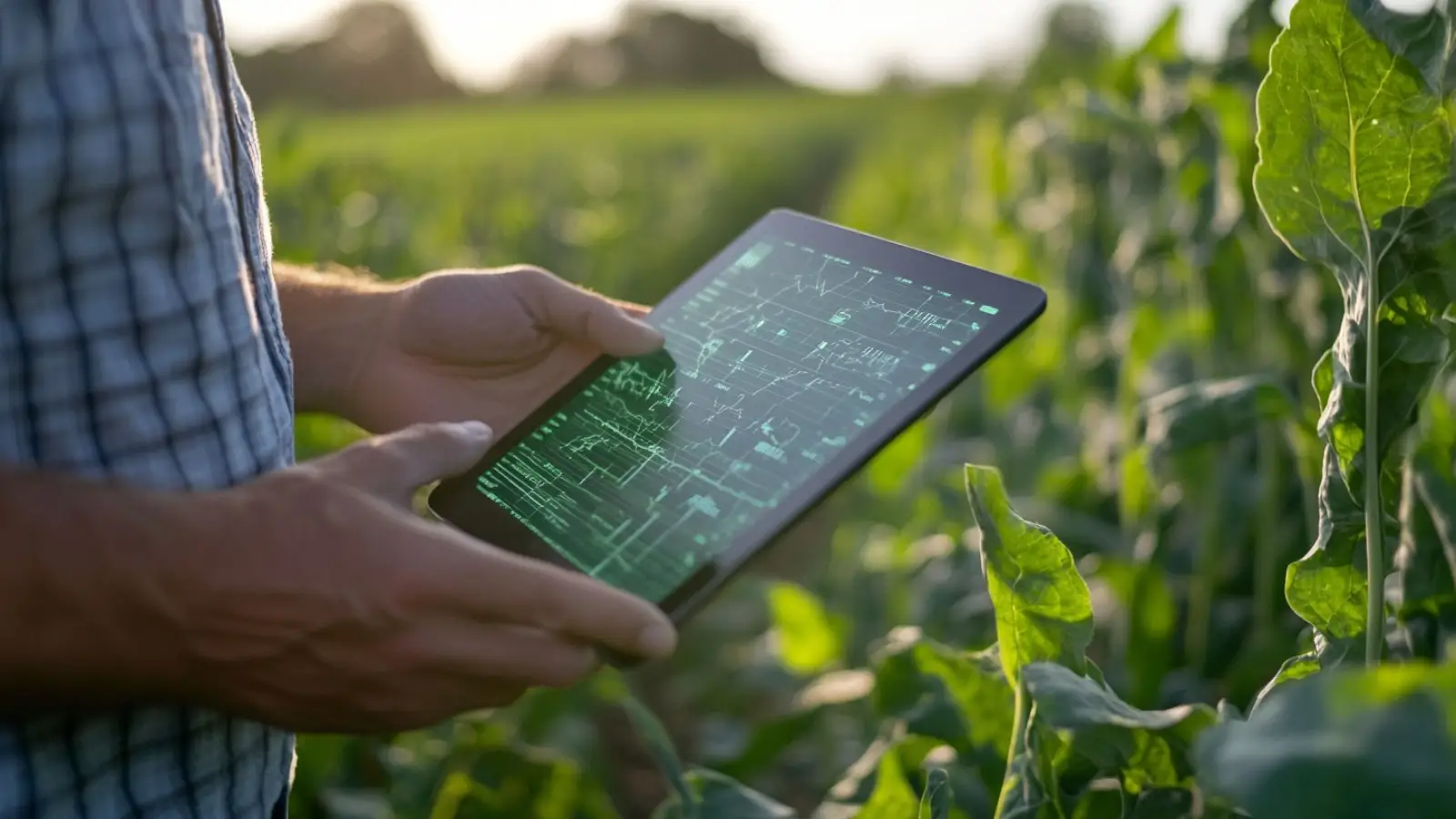ATMA Jalna and Cropin transform farm productivity under NFSM
As part of the National Food Security Mission (NFSM), the Government of Maharashtra partnered with Cropin to implement agri-tech solutions across Jalna district. The collaboration aimed to digitize farming operations, improve field visibility, and promote sustainable agriculture for pulse growers in the region.
Client background
The Agricultural Technology Management Agency (ATMA) is a key implementing agency under NFSM in Jalna, Maharashtra. The region primarily cultivates pigeon pea and chickpea. The initiative is designed to boost productivity, promote Good Agricultural Practices (GAP), and enhance farmers’ socio-economic well-being.
The challenge
Despite being a part of a national food security initiative, Jalna’s agriculture ecosystem faced multiple operational gaps:
- Manual monitoring of farms with limited data transparency
- Inconsistent tracking of input usage such as seeds and fertilizers
- Difficulty in ensuring GAP compliance across scattered plots
- Pest infestation and disease outbreaks due to lack of timely alerts
- Absence of accurate, centralized yield forecasting and reporting
A comprehensive digital system was required to bring consistency and improve productivity across the district.
The solution
Cropin deployed a customized agri-intelligence solution that included:
- Geo-tagging and area auditing of over 500 plots
- Mobile-based field data digitization by staff and officers
- Sowing area measurement and real-time harvest estimation
- Field image-based crop status monitoring
- Pest and disease alerts and advisories for faster response
- Tracking of input utilization for better accountability
- Forecasting vs. actual harvest comparison analytics
This enabled efficient field monitoring and improved responsiveness to agricultural threats.
Impact
- 912 plots monitored, with 540 geo-tagged for easy traceability
- 496 plots audited across 274.6 hectares
- Tracked 12,773.5 kg of seed usage for 272 plots
- Issued and addressed 19 field alerts during the season
- Harvested 66.6 tonnes across 102.7 hectares
- Highest output from BDN 711 variety, yielding 59.9 tonnes on 88.2 hectares
- Forecasting vs. actual harvest comparison analytics
The project demonstrated how digital intervention can scale sustainable farming and increase agricultural resilience in underserved districts.







